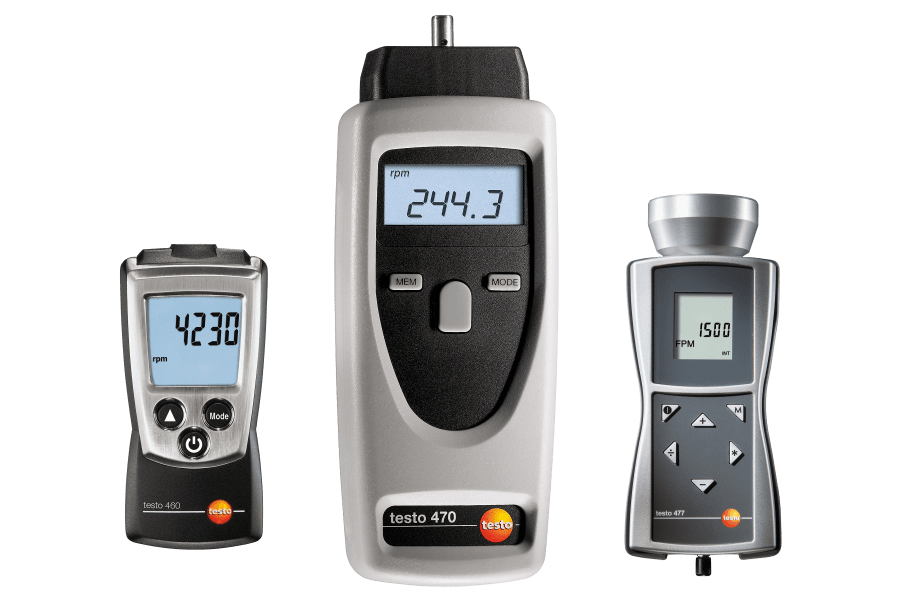How to Select the Right Tachometer for Your Automobile or Motorbike
How to Select the Right Tachometer for Your Automobile or Motorbike
Blog Article
Unlocking the Tricks of Tachometers: Everything You Need to Learn About This Essential Tool in Your Car
Understanding the complexities of tachometers can provide valuable understandings right into your car's performance and upkeep demands. From determining engine speed to deciphering the information it offers, tachometers function as a vital tool for vehicle proprietors and enthusiasts alike. By unraveling the enigmas behind this necessary instrument, you can open a riches of information that can boost your driving experience and make certain the durability of your vehicle.
Relevance of Tachometers
The relevance of tachometers lies in their capacity to offer crucial real-time information about an engine's rotational rate, enabling specific tracking and maintenance of equipment. By determining the changes per minute (RPM) of an engine's crankshaft, tachometers supply useful understandings into the engine's efficiency - tachometer. This data is crucial for making sure that the engine runs within its ideal range, staying clear of potential damages from over-revving or underperforming
Tachometers play a vital function in aiding operators and professionals spot any kind of anomalies in the engine's speed, which can indicate problems such as fuel ineffectiveness, mechanical troubles, or excessive stress on the engine. By without delay identifying these problems via tachometer readings, maintenance can be done proactively, protecting against costly repair services and downtime over time.
Furthermore, tachometers are specifically essential in high-performance automobiles and equipment, where precise control over engine speed is required for ideal procedure. Competing cars, aircraft, and industrial equipment count on tachometers to supply peak efficiency while keeping safety standards. In essence, tachometers are not just instruments for determining speed however vital devices for making sure the smooth and reliable procedure of engines throughout different applications.
Just How Tachometers Procedure Engine Rate
Making use of sensing units that spot the frequency of electric pulses produced by the engine's ignition system, tachometers accurately measure the rotational speed of an engine. By keeping an eye on the rate at which these pulses are gotten, tachometers give real-time comments on how quickly the engine's crankshaft is turning per minute, frequently referred to as changes per minute (RPM)
The tachometer's sensor, usually linked to the engine's ignition coil or spark plug cords, grabs the electric signals produced each time a cyndrical tube fires. These signals are then exchanged RPM readings presented on the scale or tool collection within the motorist's view. Tachometers can be analog or digital, with modern-day cars commonly featuring electronic displays for exact and instantaneous RPM readings.
This information is crucial for drivers to comprehend the engine's performance, stop over-revving, optimize gear changing, and ensure effective gas consumption. By properly gauging engine speed, tachometers play a crucial duty in helping motorists run their vehicles safely and successfully.
Interpreting Tachometer Readings
Having a clear understanding of how tachometers gauge engine rate sets the foundation for properly translating the RPM readings displayed. Analyzing tachometer readings is crucial for optimum lorry performance and engine health. When the engine is idling, the tachometer needle commonly relaxes around 600-1000 RPM, depending on the car.


Tips for Utilizing Tachometers Effectively
To improve driving efficiency and maximize engine performance, what key techniques can be implemented for successfully utilizing tachometers? Tachometers are critical tools that give real-time feedback on engine rate, enabling motorists to make informed choices for better efficiency - tachometer. Right here are some pointers for utilizing tachometers properly:
Comprehending Optimum RPM Range: Familiarize on your own with the optimal RPM (Transformations Per Min) range for your car. This array ranges various automobiles and is generally indicated in the owner's guidebook. Maintaining the engine within this range can enhance gas performance and prolong the engine's life expectancy.
Changing Equipments at the Correct Time: Make use of the tachometer to determine why not try these out the finest time to move equipments. Upshifting prematurely or also late can cause decreased efficiency and performance. Aim to shift gears when the RPM reaches the optimal range for the next gear.
Monitoring Engine Anxiety: High RPMs for long term periods can strain the engine. Watch on the tachometer to avoid over-revving, specifically throughout velocity or when bring heavy loads.
Tachometers and Vehicle Upkeep
When considering vehicle upkeep, tachometers play a critical function in monitoring engine efficiency and spotting possible issues. Tachometers give vital information on engine speed, permitting chauffeurs and technicians to ensure that the engine is operating within the suggested RPM range.
Along with detecting prospective concerns, tachometers can also help in maximizing fuel effectiveness. By maintaining the engine speed within the ideal array, drivers can enhance their gas mileage and lower gas usage. This not just benefits the chauffeur's more information pocketbook but likewise adds to ecological preservation by lowering dangerous exhausts.
Conclusion

Report this page